Male Figurine Item Number: 51.197.2 from the Brooklyn Museum
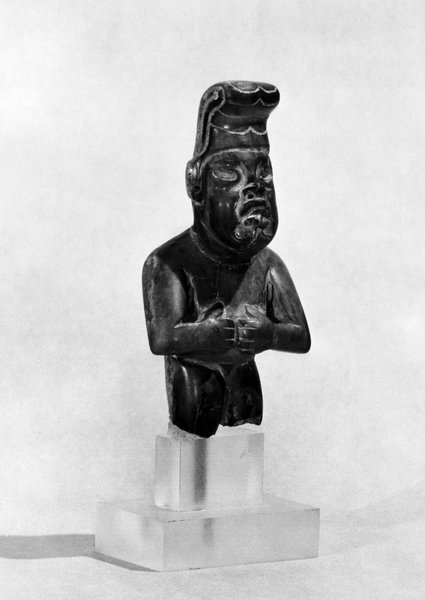
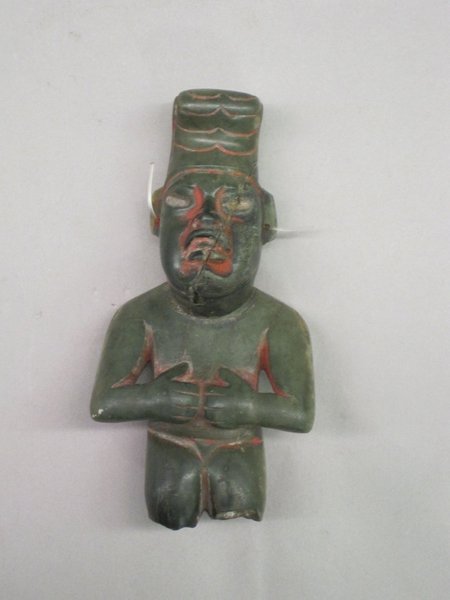
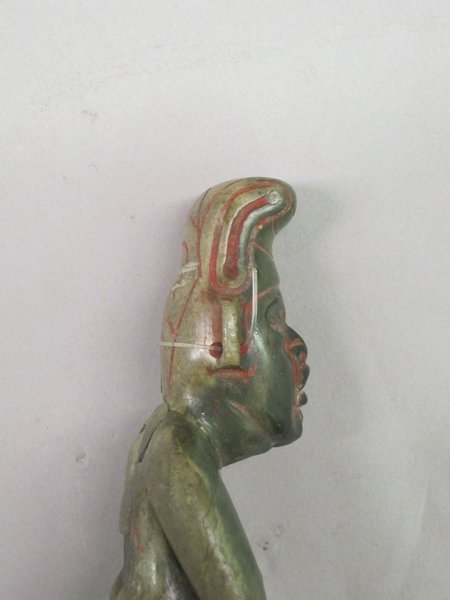
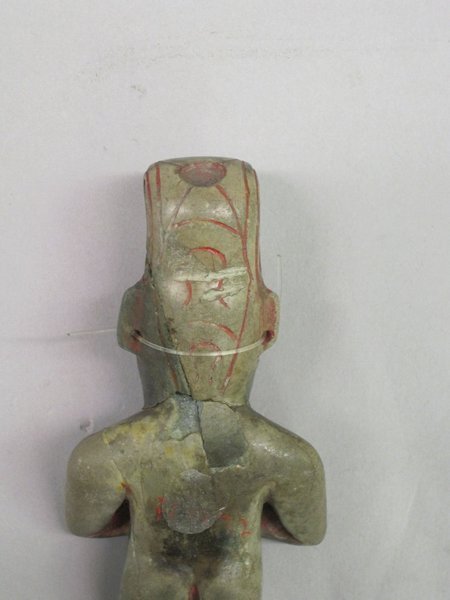
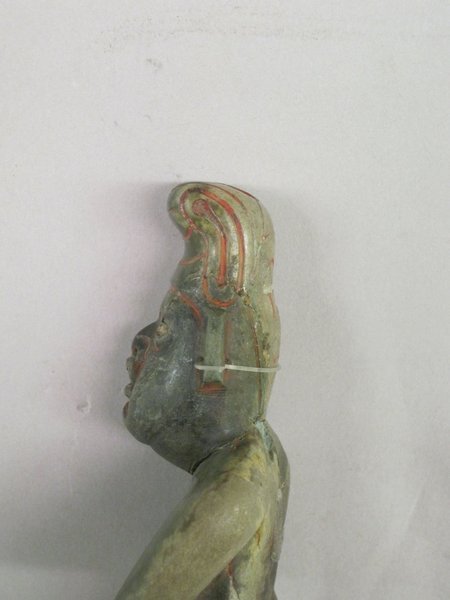
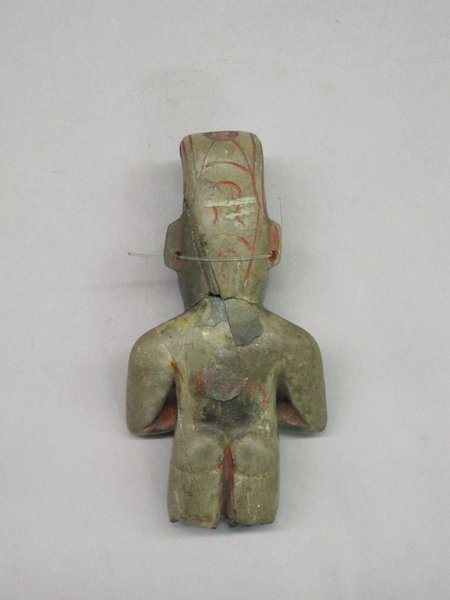
Credit Line
Gift of Mr. and Mrs. Alastair Bradley Martin
Label
The Olmec civilization (1400–400 B.C.E.) of Mexico’s Gulf Coast region produced small, portable figurines intended for ritualistic purposes. These three works display the characteristic Olmec sculptural features of a drooping lip and an elongated, flattened head. The winged figure and felsite figurine reflect the Olmec tradition of merging human and animal traits. Such composite forms relate to the ability of shamans, or ritual specialists, to transform themselves into animals. The wings represent those of a bat, associated with the darkness of the underworld. The figurine’s bushy tail and cap with feline ears suggest a jaguar, a sacred animal revered for its power. Jadeite and felsite were not native to Olmec ceremonial centers. Challenging to acquire and laborious to carve, they were valuable materials. The winged figure’s discovery in Costa Rica indicates the reverence for Olmec carvin
What
Who
- Culture
- Olmec
Where
- Holding Institution
- Brooklyn Museum
Other
- Location
- American Identities: A New Look, American Art Galleries, 5th Floor, The Americas’ First Peoples, 4000 B.C.E.–1521 C.E., 5th Floor
- Classification
- Sculpture